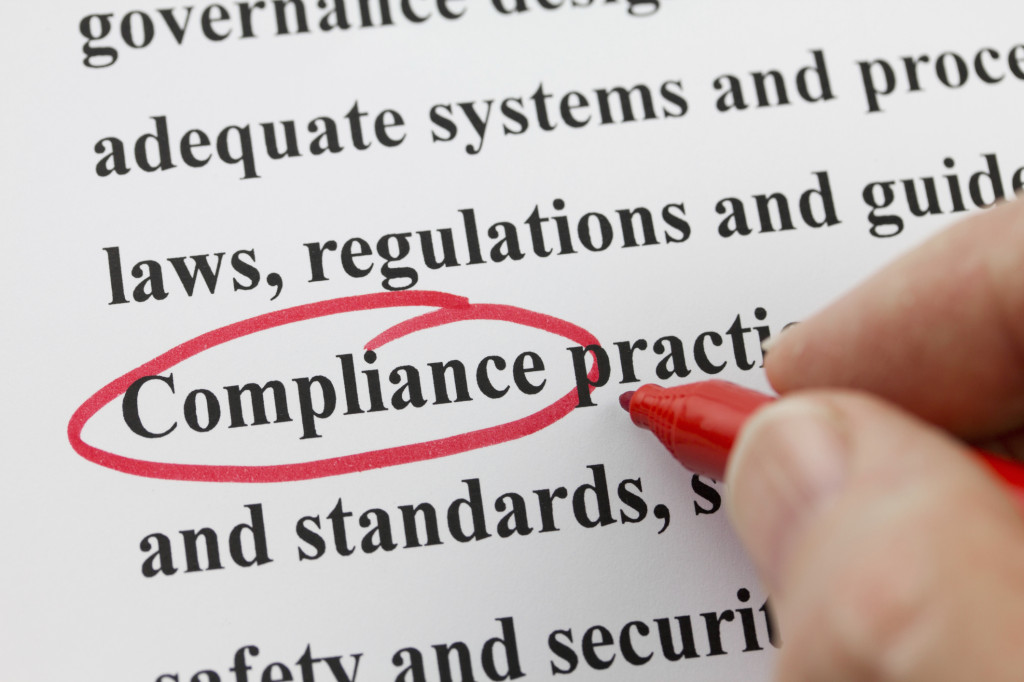 In April 2021, HMRC gave private sector businesses a year of “soft landing” for the changes to IR35, which saw responsibility for determining contractor employment status move from the contractor to the end hirer. As that deadline approaches, how confident should organizations be that they’re compliant?
In April 2021, HMRC gave private sector businesses a year of “soft landing” for the changes to IR35, which saw responsibility for determining contractor employment status move from the contractor to the end hirer. As that deadline approaches, how confident should organizations be that they’re compliant?
Conflicting data. To uncover the impact of IR35 on the private sector, the House of Lords Finance Bill Sub-Committee undertook a review of the “off-payroll working rules.” HMRC’s evidence stated that most businesses find the new IR35 rules “easy” and “reasonable to apply.” Research of 500 business leaders by Brookson Legal reveals how HMRC might reasonably have arrived at this view, but it also sounds alarm bells that there may be a significant gap between confidence and compliance for some businesses.
Responding to our report, “Reassessing IR35: The unspoken opportunity for growth,” 87.6% of those responsible for IR35 in medium to large companies said they understand the “reasonable care” requirements set out by HMRC and are confident they’re compliant. For a large number of businesses who have invested time and energy into getting to grips with the new legislation, this will be the case. When exploring the solutions that a significant number of organizations have implemented, however, the warning signs become apparent.
IR35 approaches. One of the most common risks is reliance on HMRC’s Check Employment Status for Tax (CEST) online tool. Both the House of Lords Report and a recent National Audit Office inquiry into IR35 in the public sector have been heavily critical of the limitations of the tool. Placing trust in CEST has proven costly in the public sector, where recently Defra became the fifth ministerial department to be hit with an IR35 tax bill which totaled £48 million. Although HMRC continues to stand by CEST, this should be a clear warning sign to all businesses that it does not guarantee compliance.
Data from our report found that 47% of business relied upon contractor statuses determined through the use of CEST, while 42% used other automated online tools. While it is possible to make compliant status determinations for 80% of contractor roles using CEST — leaving 20% as undetermined via the tool — an accurate result relies on the knowledge and understanding of the person inputting the data, so training is key.
Of greater concern is where organizations have asked recruitment agencies (31%) and contractors (35%) to determine contractor IR35 status. The changes to IR35 clearly moved responsibility for status determinations to the end hirer, so this outsourcing not only buries risk and potential tax liability in the supply chain, but also goes against the new legislation.
PREMIUM CONTENT: US Internal Compensation Estimator: 2022 Update
The scale and risk of hidden tax liabilities. Although our report found that rising contractor costs (53%), talent attraction challenges (42%) and project delays (42%) are now of greater concern to businesses than unforeseen tax bills (31%), the scale of the tax liabilities from IR35 should not be underestimated. IR35 tax bills have been issued in the public sector for several million pounds, where liabilities built up over a period of years while the organization believed it was compliant. Significant tax bills could leave a private business permanently affected, leaving it unable to recover or significantly altering its growth trajectory.
Attempting to sidestep this risk, some businesses — including 25% of businesses surveyed by Brookson Legal — have applied blanket inside IR35 determinations to contractor populations. However, this approach is both a direct contravention of the reasonable care guidelines and a barrier to skilled talent attraction. According to HMRC’s own estimates, only around 33% of contractors should rightfully have their roles determined as inside IR35. Furthermore, the House of Lords report has recommended that false inside IR35 determinations be enforced with equal rigor to those outside.
The way forward. HMRC will shortly transition into its enforcement stage for the new legislation. Even for businesses who are currently feeling confident, this presents an opportunity to revisit processes to ensure that they haven’t fallen into the confidence vs. compliance gap. Not only will this avoid costly tax bills by meeting HMRC’s threshold for “reasonable care,” but it will ensure access to the flexible workforce to support growth.